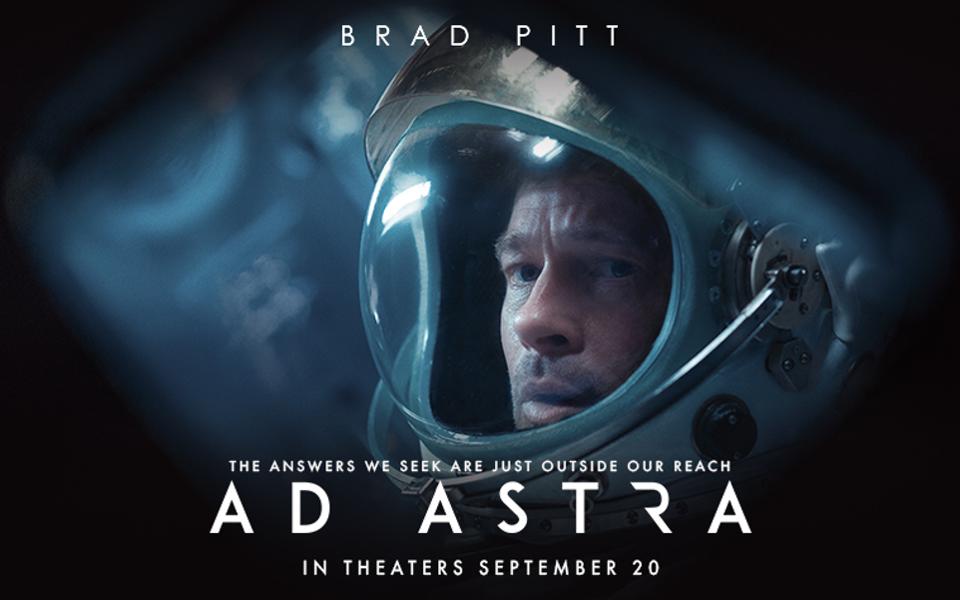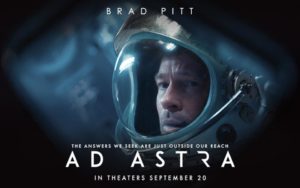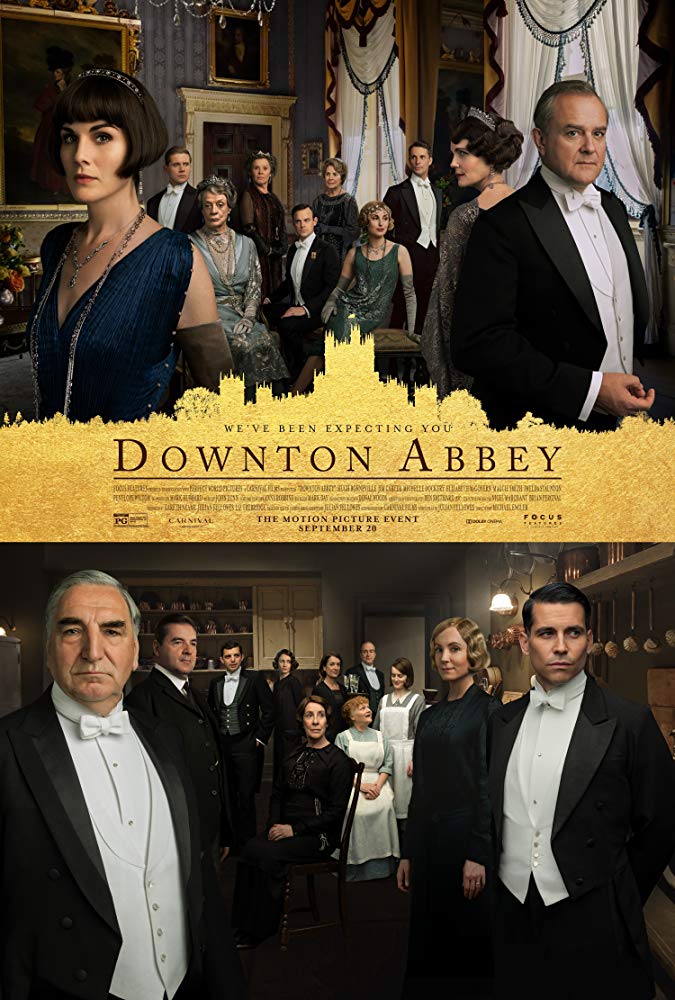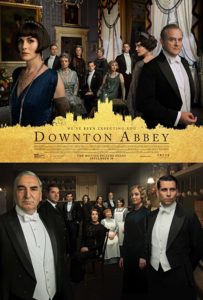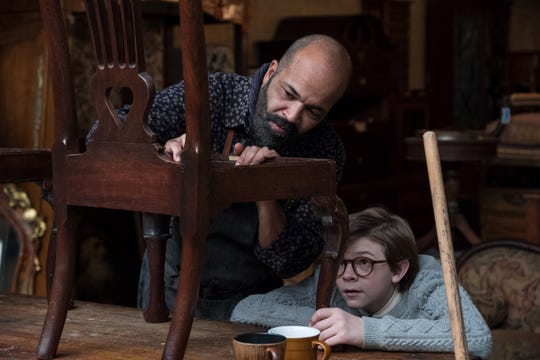Abominable
Posted on September 26, 2019 at 5:03 pm
B| Lowest Recommended Age: | Kindergarten - 3rd Grade |
| MPAA Rating: | Rated PG for some action and mild rude humor |
| Profanity: | Schoolyard language |
| Alcohol/ Drugs: | None |
| Diversity Issues: | None |
| Date Released to Theaters: | September 27, 2019 |
| Date Released to DVD: | December 16, 2019 |

Yi (Chloe Bennet) lives with her mother and grandmother, who worry about her because she has become distant and uncommunicative since the death of her father. She leaves the apartment most of the day, won’t eat dinner with her family, and refuses to play the violin for her mother. They do not know that she spends time in a makeshift tent she has set up on the roof of her building and plays her father’s violin.
At the same time a yeti has escaped from a facility owned by the very wealthy Mr. Burnish (Eddie Izzard), an elderly rare animal collector who has been looking for a yeti since he glimpsed them as a young man. No one believed him then and he has never gotten over the humiliation of being laughed at. He wants to be able to prove that he was telling the truth. He has a small army of SWAT-team-like security guards and he has hired an animal specialist named Dr. Zara (Sarah Paulson) to assist him.
When the Yeti lands on Yi’s rooftop retreat, she realizes quickly that he (apparently a he) is not scary; he just wants to go home, which he identifies by pointing to a billboard image of Mount Everest. So, Yi dubs him Everest, and soon she is on her way to take him there, accompanied by her neighbors, the selfie-taking, keep-my-kicks-immaculate Jin (Tenzing Norgay Trainor) and his neglected young basketball-loving cousin Peng (Albert Tsai). On the way to Everest with Everest, as they try to evade Burnish and Zara and overcome the obstacles of the terrain, they will learn a lot about themselves and each other, and appreciate what they left behind.
The Chinese settings, both urban and rural, add a lot of visual interest and it is satisfying to watch Yi find something outside herself to care for, and see how that helps her process her grief and start to reach out to others. Jin’s realization of his superficiality and selfishness is more formulaic and Peng, Everest, and Burnish are one-dimensional, well, maybe one and a half. The action scenes are dynamic, especially the use of drones, and nicely balance the tension with the humor, as the group is chased by giant blueberries and wafting on a giant dandelion. But the storyline, soundtrack songs, and lessons learned are predictable — Yi watches koi fish swimming upstream and is inspired to be persistent, and, like Dorothy, Yi learns that there’s no place like home. These are unquestionably good lessons, but they have been and will be taught with more imagination and less formula in the future.
Parents should know that this film includes cartoon-style action and peril, grief over death of a parent, and brief potty/bodily function humor.
Family discussion: Why didn’t Yi want to be home with her family? Why did Burnish change his mind? What does the word “abominable” mean? What would you do if you met Everest?
If you like this, try: the “Madagascar” movies and “Smallfoot”


